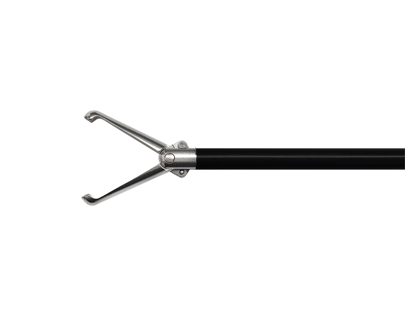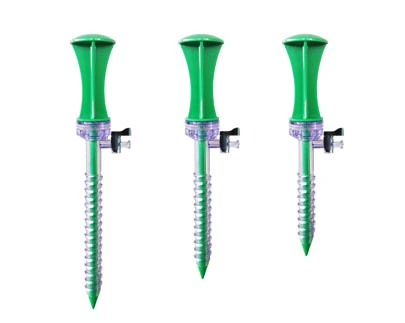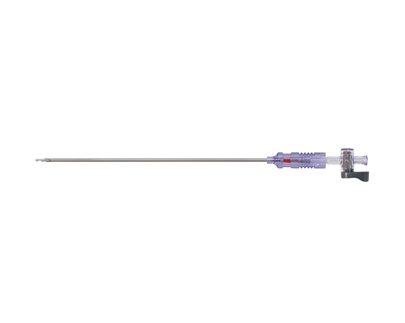Robotic And Laparoscopic Surgery
Although both laparoscopic surgery and robotic surgery are minimally invasive techniques, the hope for robotic surgery is that it represents an evolution of minimally invasive technology that will improve the precision of surgeons’ movements in ever increasingly narrow and small anatomic spaces. It is widely believed that robotic technology works as a filter for the involuntary tremors of the surgeon, theoretically resulting in a minimization of involuntary inaccuracies, thus helping surgeons to further perfect their art. That robotic surgery is a natural evolution of minimally invasive surgery is not questioned;
Robotics has become a field of engineering that utilizes computer science to design, manufacture, operate, and utilize robots. It has become an interdisciplinary field that uses aspects of electronic, computer, mechanical, and information engineering. The field of robotics has innumerable potential applications, but it has been divided into five broad fields: sensors, programming, mobility, human-robot interface, and manipulation. It has also been divided into four broad divisions: bio, industrial, mobile, and aerial. Currently, robotic surgery would seem to fall in the bio division and mainly in the field of manipulation.
Although the da Vinci robot (da Vinci, Intuitive Surgical, Sunnyvale, CA, USA) has come to dominate the field of robotic surgery, the field of robot-assisted surgery was initially popularized with the robotically-controlled laparoscope holder AESOP (Computer Motion, Inc., Sunnyvale, CA, USA) in the mid-1990s.
This device was so well-liked that it became a victim of its efficacy, and the company was purchased by Intuitive Surgical and promptly shelved, thus eliminating any competition. Nonetheless, this remote-controlled robot is widely considered the first robot used in minimally invasive abdominal surgery, yet surgeries done with it are not even considered robotically-assisted procedures by most surgeons.
Another robotically-controlled laparoscope holder called ViKY (short for Video-endosKopY; ViKY, Endocontrol, Grenoble, France) then came on the market. Unlike AESOP or the da Vinci, this robotically-controlled laparoscope holder is autoclavable and can be sterilized. Endocontrol then developed hand-held ‘robotic’ instruments that have additional degrees of articulation that are really just motorized laparoscopic instruments (JaiMY, Endocontrol, Grenoble, France). These two devices were developed so that surgeons could overcome the loss of haptics that exists with the da Vinci Robot, specifically the loss of the sensation of touch. Other hand-held instruments with end-effectors and increased degrees of freedom exist; however, unlike JaiMY, these devices are fully powered by the force of the surgeon and have no powered motors.
Robotic surgery is traditionally defined as any surgery done with a complete robotic surgical system. Up until recently, the only complete system was the da Vinci Surgical System. It was originally developed for the military so that surgeons could remotely do open surgery on wounded soldiers in the field; the device was retrofitted for minimally invasive surgery as this was more marketable.
During these procedures, a surgeon sits at a console several feet away from the patient, and the motorized effector arms of the robot are the ones in actual contact with the patient. The operating surgeon is not wearing a sterile gown or gloves and only the robotic arms and surgical assistant are in contact with the patient. A telemanipulator is a remotely-controlled device that enables the surgeon to control surgical instruments using manipulators and motorized end-effectors. During the Lindbergh Operation in 2001, when the first Trans-Atlantic minimally invasive surgery was done, a telemanipulator was also used, but an additional computerized system was necessary to control the end effectors and robotic arms across such a great distance.
The bright future of complete surgical systems is perhaps best highlighted by the development of competitors to the da Vinci robot. The Versius robot (Versius Robotics, CMR, Cambridge, UK) has a computer interface to enable haptic feedback. A notable weakness of the earlier da Vinci robots and one of the main reasons certain minimally invasive surgeons have not embraced this technology is that they are waiting for a robot with haptics. Notably, the initial generation Versius will also not have haptics. Medtronic, one of the largest surgical instrument companies, has even developed a complete surgical system called Hugo (Hugo Robot, Medtronic Inc., Dublin, Ireland).
Currently, the complete surgical “robotic” systems seem to be more of a “motion-control” system and not a fully robotic or “reprogrammable” surgical system. Nonetheless, these complete systems will continue to be beneficial for surgeons, particularly for pathology in small spaces such as the pelvis, which has been elucidated by the explosion of robotic radical prostatectomy. With the continued evolution of robotic platforms such as the da Vinci Single-Site Platform (da Vinci Single Site Technology, Intuitive Surgical, Sunnyvale, CA, USA), it is impossible to deny the future potential of robotic surgery. This collection of invited manuscripts from international leaders in the field of robotic and laparoscopic surgery will hopefully shed some light on the question as to what the relevant definition of robotic or robot-assisted surgery should be. It is increasingly clear that surgeons will need to be fluent in open, laparoscopic (including endoscopic and thoracoscopic), and “robotic” techniques, and that all three of these modalities are simply what it means to be a modern surgeon.
As a professional manufacturer of disposable laparoscopic instruments, Boer Medical offers various jaws for monopolar forceps, also access to abdominal wall-trocar, and accessories like veress needle, suction irrigation tube and specimen retrieval bag.
Writer: Andrew A. Gumbs, Belinda De Simone, Elie Chouillard



